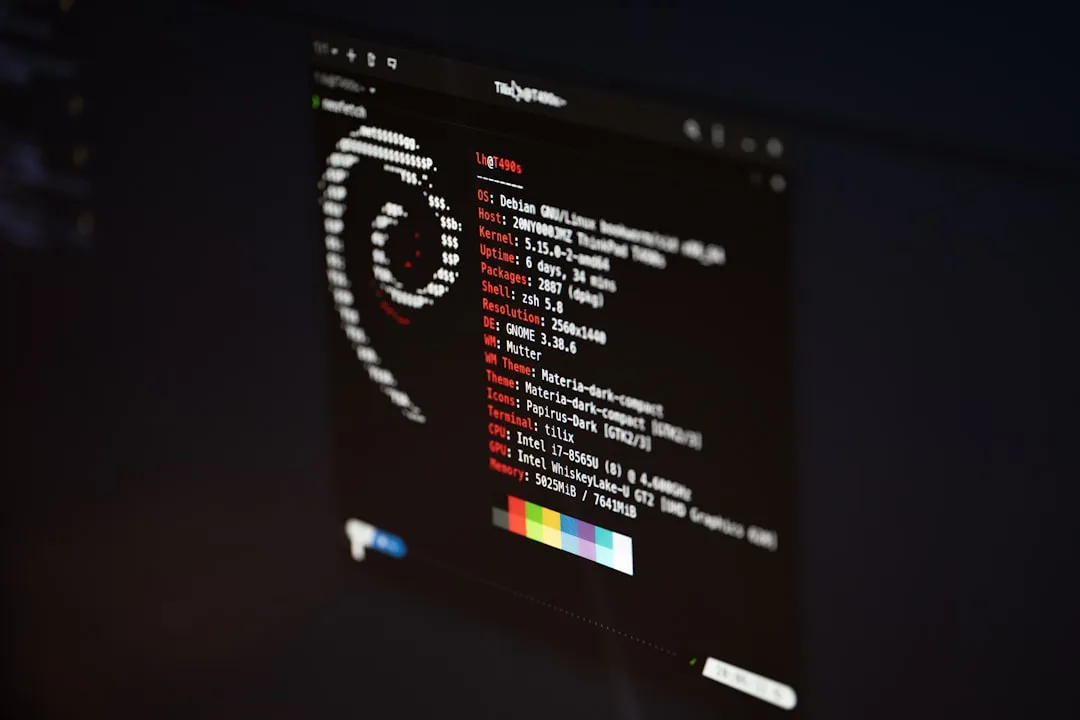
Newsletter Subscribe
Enter your email address below and subscribe to our newsletter

Enter your email address below and subscribe to our newsletter

Unlocking OSINT: Essential Tools and Techniques for Beginners
In today’s interconnected digital world, the ability to gather and analyze open-source intelligence (OSINT) is an indispensable skill for cybersecurity professionals, threat hunters, and analysts. Whether you’re looking to verify the legitimacy of a website, investigate a network of malicious actors, or simply conduct competitive analysis, OSINT offers a wealth of information waiting to be uncovered. This guide will walk you through the essential tools and techniques to get started with OSINT, using a real-world scenario to demonstrate its effectiveness.
Imagine you’ve been tasked with investigating a suspected phishing site targeting a popular online banking platform. The site mimics the bank’s login page, tricking users into entering their credentials, which are then harvested by cybercriminals. Your objective is to gather enough evidence to take down the site and identify its operators.
To tackle this challenge, we’ll use a variety of OSINT tools, including:
whois module to gain more insights into the domain registration and the netblock module to discover associated IP ranges.When conducting OSINT investigations, it’s crucial to operate within legal and ethical boundaries. Always ensure you have appropriate authorization for your activities, particularly when dealing with sensitive information. Avoid any actions that could be construed as hacking or unauthorized access. Remember, the goal is to gather intelligence, not to engage in intrusive activities.
For further reading on ethical hacking and OSINT best practices, check out our RuntimeRebel OSINT/security articles.
One of the biggest challenges in OSINT is dealing with false positives or data overreach. It’s easy to misinterpret data or overestimate its relevance, leading to incorrect conclusions. Always verify findings with multiple sources and remain skeptical of uncorroborated intelligence.
To stay updated on the latest threats and OSINT tools, consider subscribing to threat feeds and newsletters. For a curated list of resources and toolkits, explore our collection here.
In summary, OSINT is a critical component of modern cybersecurity practices. By leveraging the right tools and techniques, you can uncover valuable intelligence while maintaining ethical standards. As you continue to refine your skills, you’ll become a more effective analyst, capable of addressing complex cybersecurity challenges.